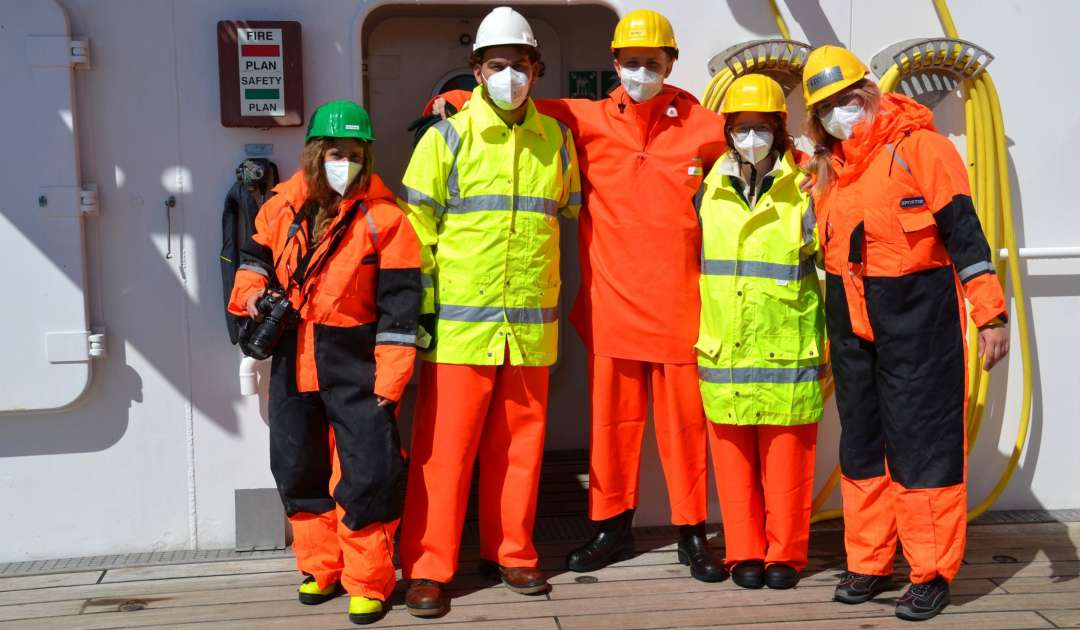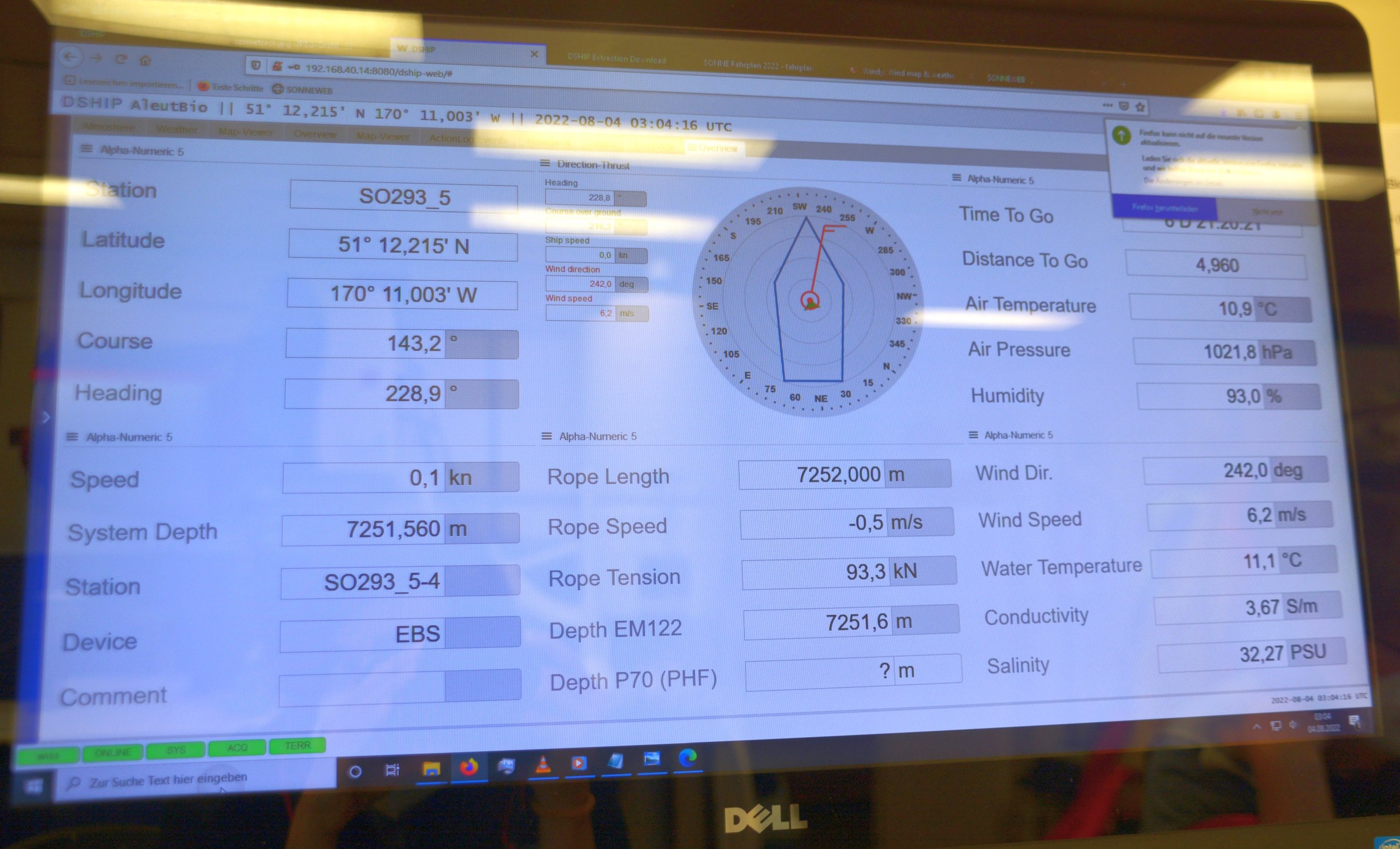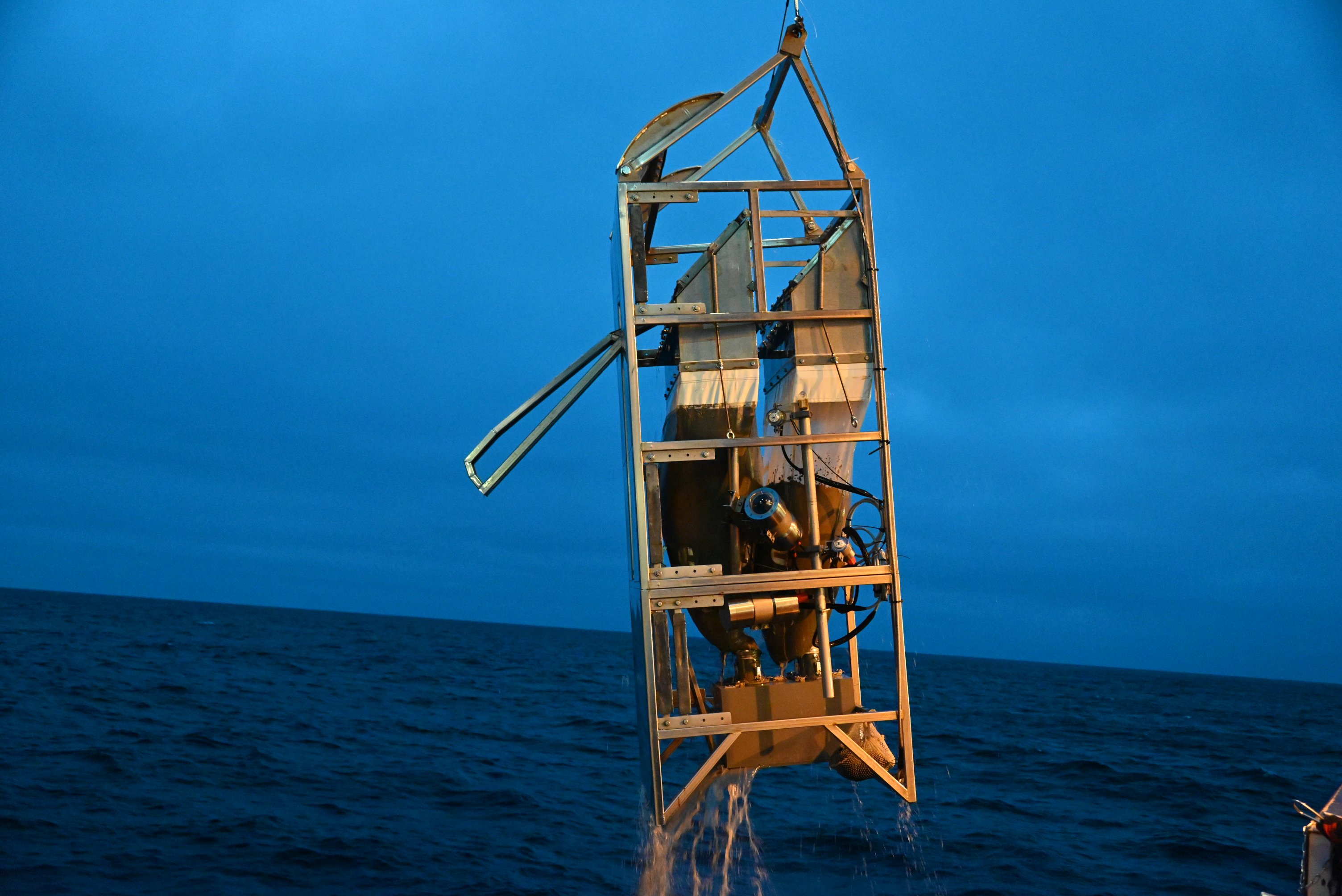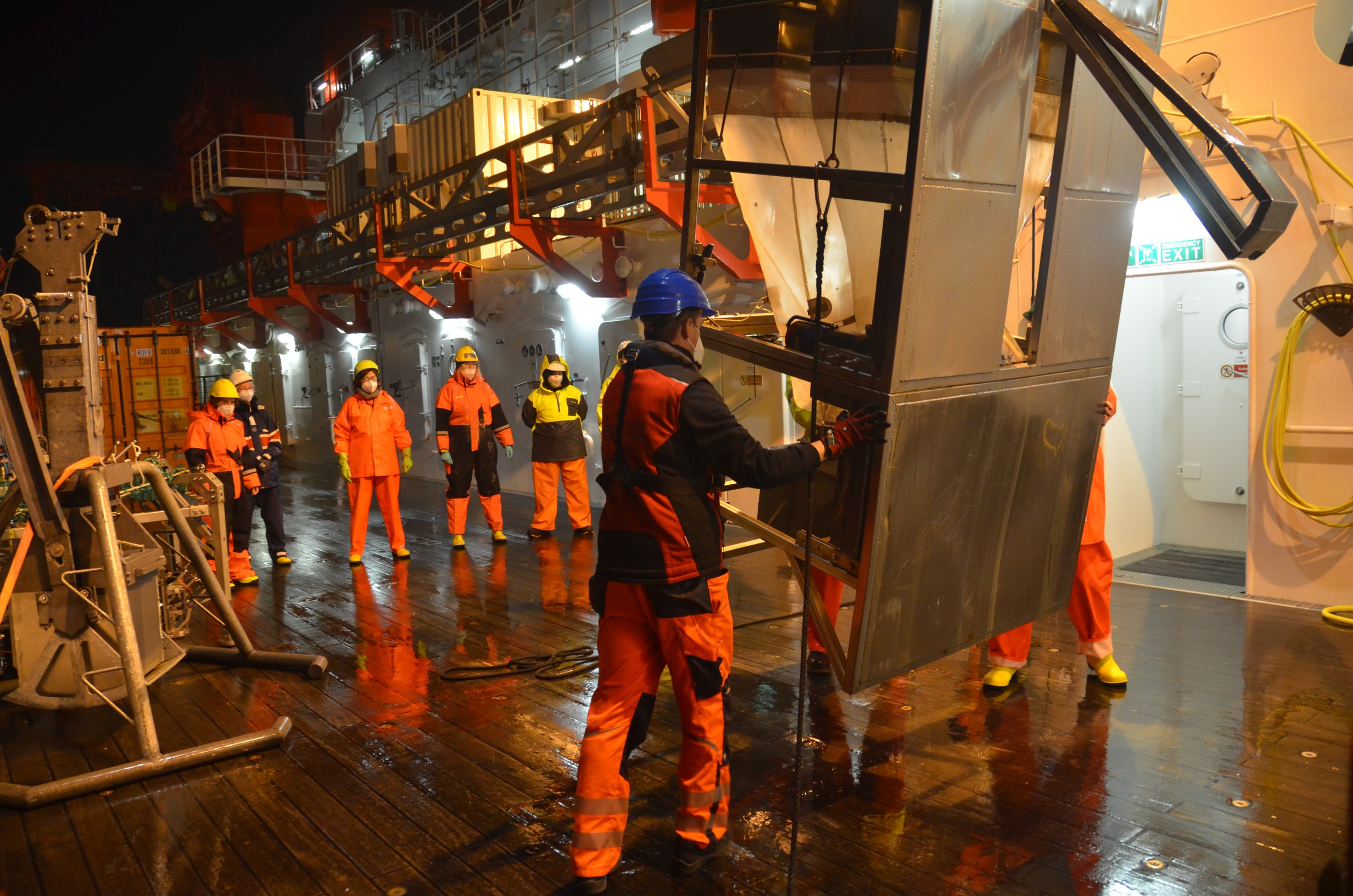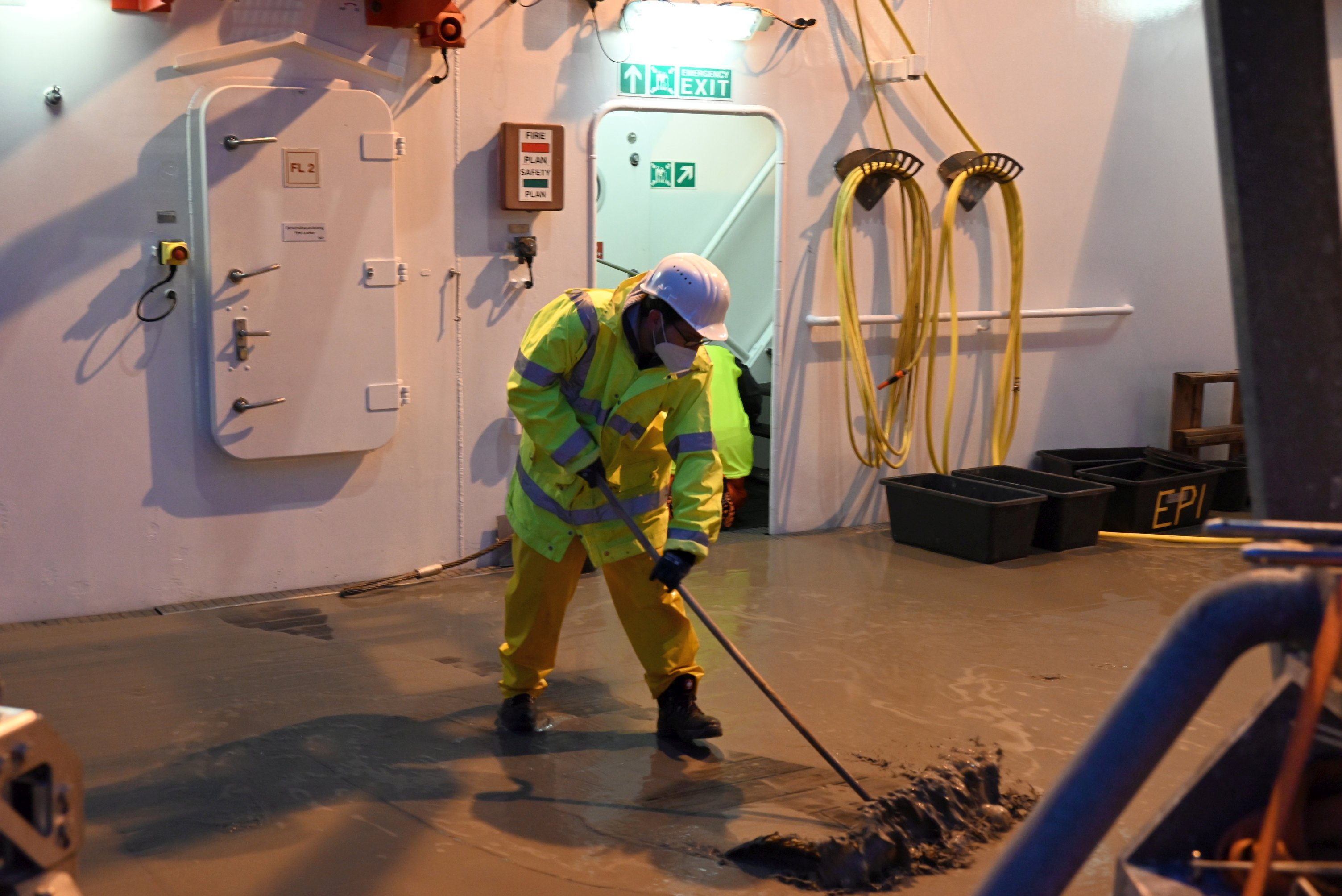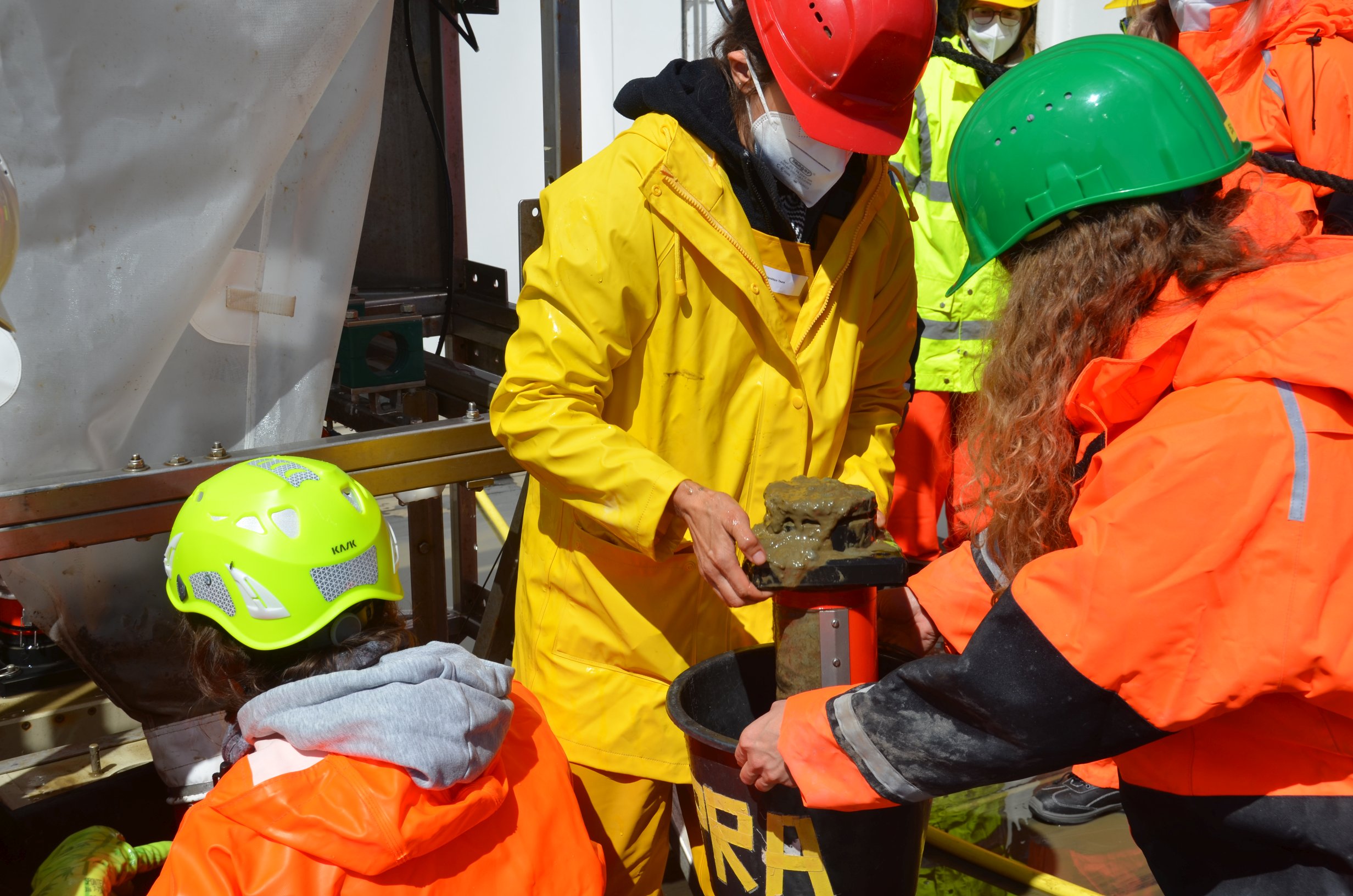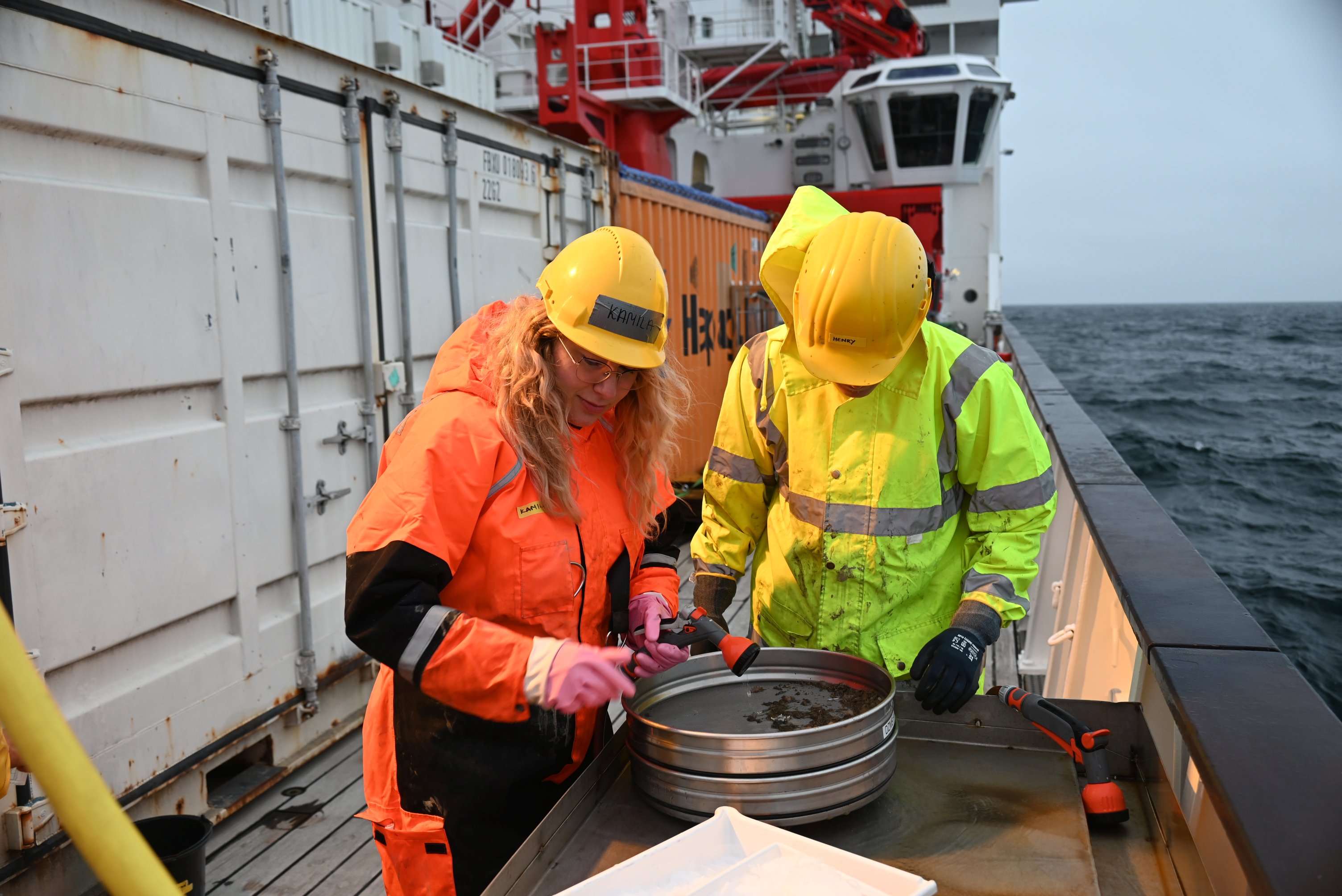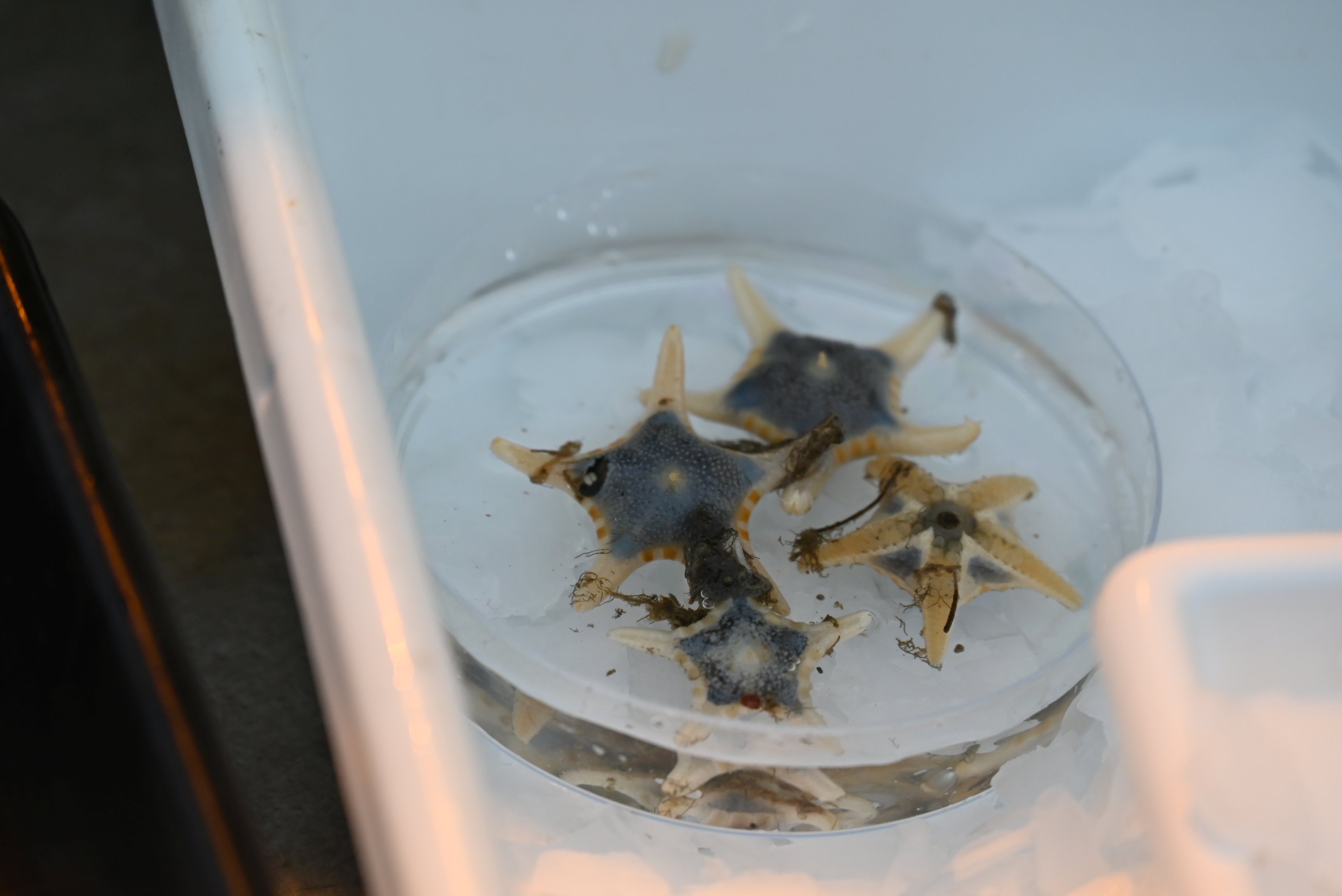One-and-a-half Leagues Under the Sea
Some calm returns to the ship that never sleeps. It’s half past one in the morning. The last samples have just been packed and the workplace has been tidied up for the next gear deployment, for which we don’t have to wait long. Our schedule is tight, day shift turns into night shift, not a minute is wasted. At the same time, the RV Sonne offers ideal working conditions and a “home” for us – at least for a few weeks.
With around 70 people on board, it’s quite a small world we move in here every day. Different cultures and languages meet, which makes working together challenging every day, but above all exciting and offers many opportunities to learn from each other.
There are still a few hours before the next piece of equipment comes back on deck, and with it, often large amounts of mud peppered with marine organisms from the deep sea. I’m particularly interested in a group of crustaceans called Isopoda, or woodlice. Known to many as inhabiting garden soil or under flower pots, they are particularly numerous in the deep sea and occur there in an incredible variety of forms. The gear that we work with in our group, the epibenthic sled, actually a colossus of a device, captures the small organisms, only a few millimeters in size.
And while it’s always astounding to see the diversity of life we have brought to light, my work focuses primarily on how these species can help predict the impacts of climate change in the region. Because climate-related warming is also making itself felt in the Bering Sea, a border region between the temperate North Pacific and the Arctic. This will impact the regional fishery, one of the largest commercial fisheries in the US, but also marine life many miles below the ocean’s surface. For example, as warming increases, cold-adapted animals may migrate to cooler areas and new species may immigrate from the south. What this means for the region and the diversity on the seabed there has yet to be clarified.
We’re trying to shed some light on this, and each device, sample, and species represents a piece of the entire puzzle. But first we have to wait again. It’s 6:30 in the evening. The next device is just leaving the seabed, that’s 7200 meters or about 1.5 nautical leagues and a 2 hour wait until it calls everyone back on deck (for sieving the mud).
With warm wishes from the northern North Pacific,
Stefanie Kaiser (Senckenberg, Frankfurt)
Stefanie Kaiser (Senckenberg, Frankfurt)
